7 Easy Tips to Boost Your Grip Strength and Improve Your Longevity
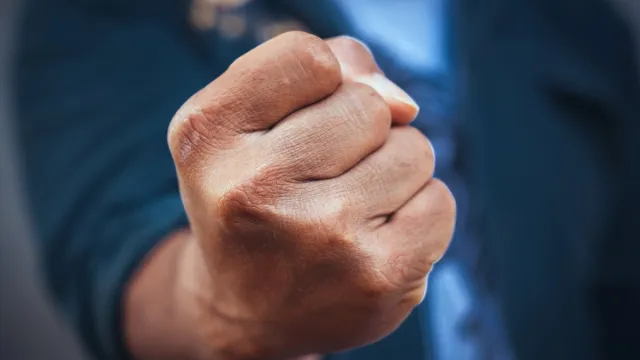
Did you know that having a solid grip is not only helpful for playing sports or doing chores but has been linked to a number of science-based benefits, including improving longevity? While hand strength becomes harder to build as you age, there are ways to boost your grip.

“Hands are this important body part that’s not on our exercise radar,” Katy Bowman, a kinesiologist and host of the Move Your DNA podcast, tells the New York Times.

Dr. Erin Nance, a hand surgeon in New York City, explains that hands are becoming weaker due to the use of smartphones and touch screens. In order to counteract this, you need to use tiny hand muscles, those that run along the forearms and upper arm, shoulder, and core muscles. “They work together as a functional unit,” Bowman explains.
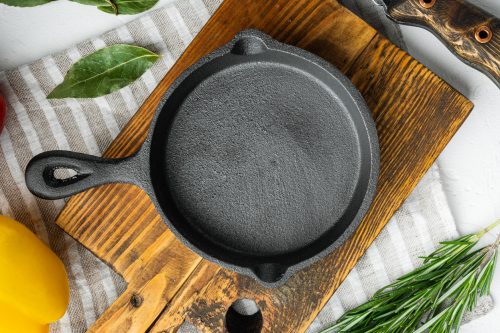
To test hand strength, try holding a heavy item, like a cast iron pan, and rotate it. Additionally, try going into a push-up position and supporting your weight with your hands and wrists. If you struggle with either of these, you should consider grip training. Here are easy exercises you can do:

The experts recommend three functional exercises. The first is the farmer’s carry. It involves carrying a heavy object in each hand while walking and works the grip as well as the core, arms, shoulders, and back. Start with 10-pound kettlebells or dumbbells, or “pick a weight that’s heavy enough to make you want to walk faster,” Rachel Lovitt, a personal trainer in Redmond, Wash,” tells the New York Times.
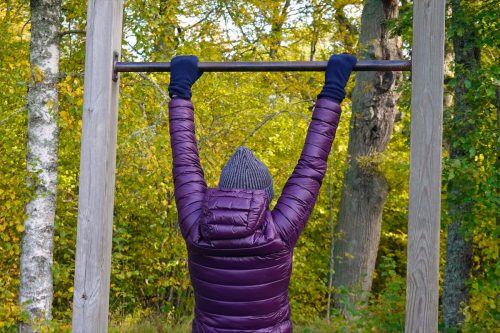
Pete McCall, the education director for EOS Fitness gyms, suggests the dead hang, which is the starting position of a pull-up. “It requires grip strength to control the body’s weight, and it’s good for the shoulders, upper back, and core,” Mr. McCall said. Start with 10-second hangs and try to build up to one minute.
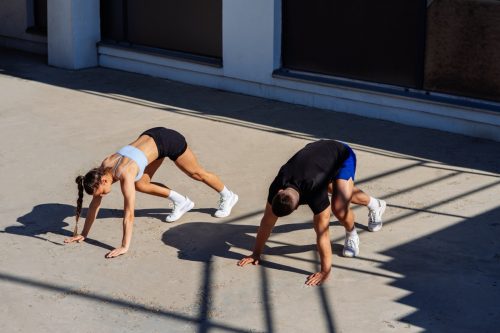
Another functional exercise, the bear walk, involves walking along the ground on all fours. “You’re pushing against the ground — using your hands, fingers, and wrists — to propel your whole body forward,” Jarlo Ilano, a physical therapist and co-founder of the online exercise program GMB Fitness, told the publication, recommending four rounds of two-minute stretches of bear walking, separated by two minutes of rest.
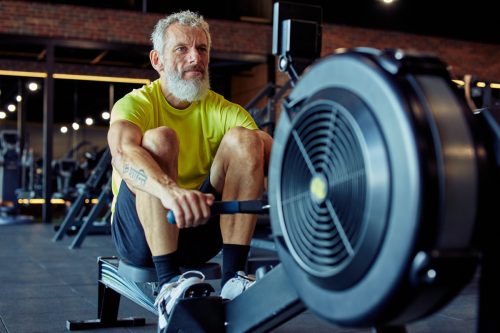
Adjusting your existing exercises is another beneficial activity. For example, McCall recommends replacing the handle of a rowing machine with a towel or a rope. “You have to hold on tighter, so all the muscles in the hand are forced to work a lot harder,” he said.
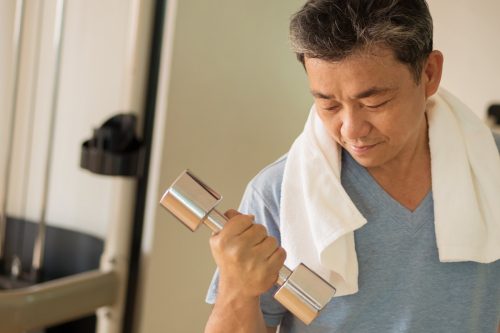
Ilano suggests ditching weight-lifting gloves in order to make exercises harder. “You might need to reduce the weight, but it’ll help improve your grip,” he says.

Lovitt recommends free-weight exercises, using barbells, dumbbells, or kettlebells, and intentionally increasing your grip. “When I do a bicep curl, I squeeze that dumbbell to work my forearms as well as my biceps,” she said.
RELATED: 11 Easy Things You Can Do to Slow Down Aging
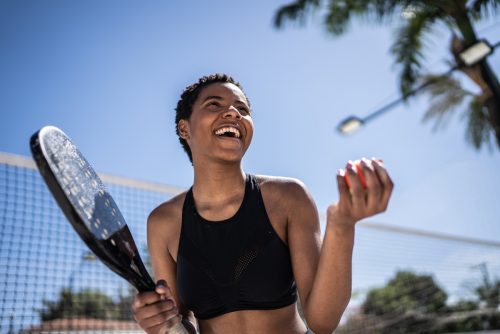
Also, add occasional grip-specific exercises to your routine. Kristin Valdes, an occupational therapist at Touro University in Nevada, suggests squeezing a tennis ball for five seconds at a time, ten times in a row, and repeating this for three sets. Isometric exercises like this, where the muscles contract but there’s no movement, “are safer for people with arthritis and other joint issues,” she told the New York Times.